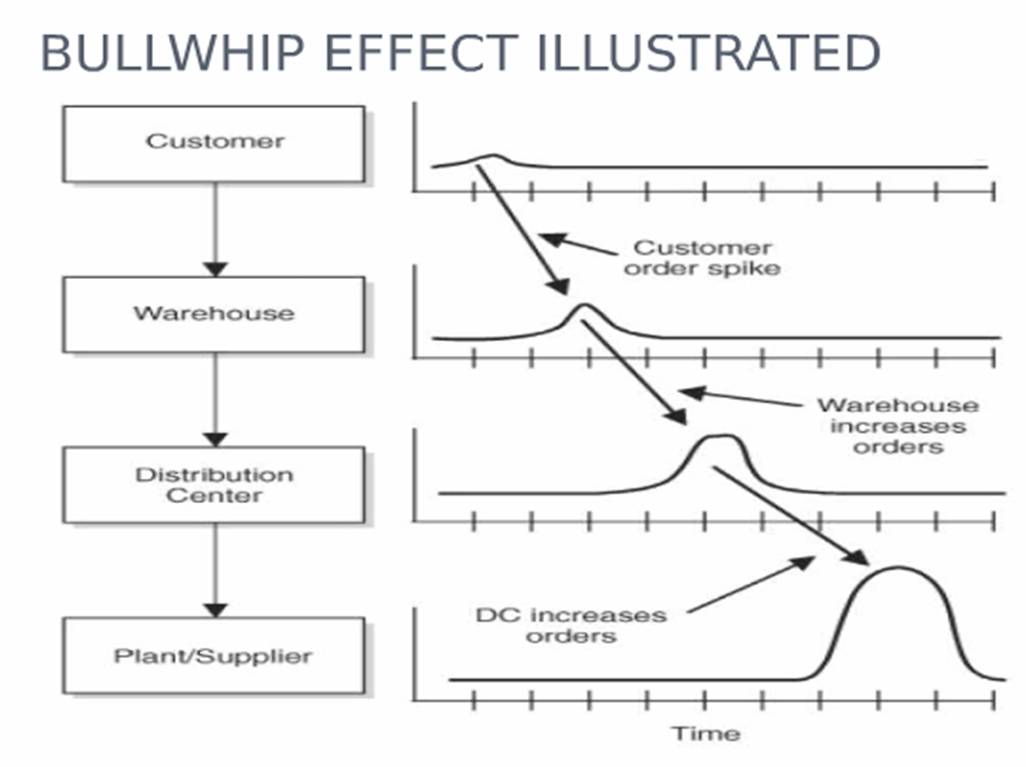
Over three years ago, well before our daughter was born, my wife’s cousin had told us that she likes to watch her daughter’s TV shows because they contained “morals”, which were often useful to her at work. While we never took to the “moral” TV show she mentioned (Daniel Tiger – it is bloody boring), I have begun to notice that there are important management lessons in other popular children’s stories.
So I hereby begin this blog series on what I call the “Kiddie MBA” – basically business lessons from kids’s stories. And we will start with that all-time classic, The Tiger Who Came To Tea, by Judith Kerr.
The basic premise of this story that remains a classic fifty years after being published is what operations managers call the “bullwhip effect“. Sometimes a business, possibly in trading, can be subject to a sudden demand, which the business will not be able to fulfil given its current inventories.
As a result of this sudden one-time spurt in demand, the business increases its future forecasts of demand, and starts keeping more inventory. This business’s supplier sees this increased demand and increases its own forecasts upward, and increases its own inventory. Thus, this one-time demand “shock” percolates up the supply chain, giving the illusion of higher demand and with each layer in the chain keeping higher and higher inventory.

And then one day the retailer will realise that this demand shock is not replicable and moves forecasts downwards, and this triggers a downward edge in the forecasts up the value chain, and demand at the source comes crashing down.
Being a children’s book, The Tiger Who Came To Tea eschews the complexity of the supply chain and instead keeps the story at one level – at the level of the household of the protagonist Sophie (not to be confused with Sophie the Giraffe).
The premise of the story is the demand shock for supplies in Sophie’s home – a tiger comes home for tea and eats up everything that’s at home, drinks up all that’s there to be drunk (including “all the water in the tap”) and leaves, leaving nothing for Sophie and her family.
Assuming that the tiger will return the next day, Sophie’s family stocks up heavily, including “lots of tiger food”. And the tiger never arrives.
My guess is that the rest of the supply chain is left as an exercise to the reader – how the retailer who sold Sophie the tiger food will react to the suddenly higher demand for food (and for tiger food), how this retailer’s supplier will react, whether the tiger visits some other household for tea the next day (making this demand “regular” at the retailer’s level), and so forth.
Perhaps this is what makes this such as great book, and an all-time classic!